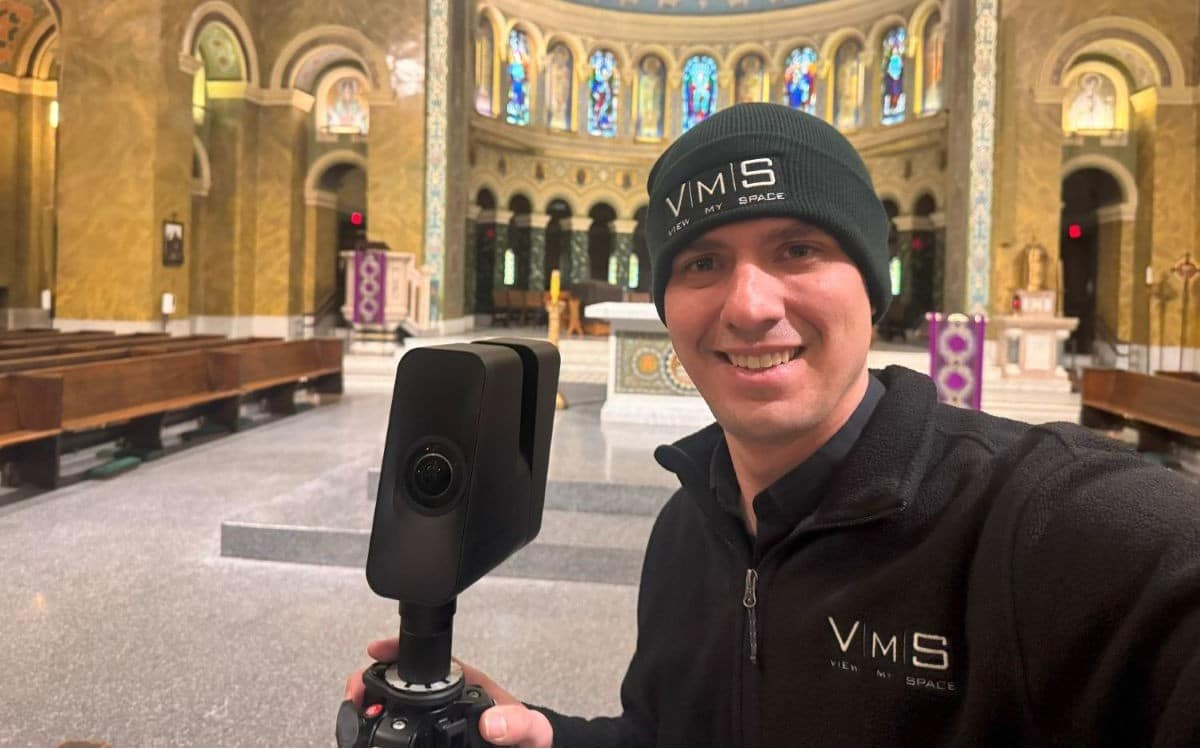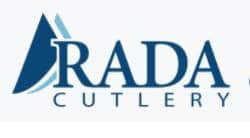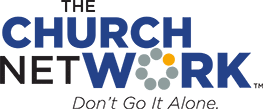When disaster strikes—a fire, storm, or act of vandalism—the steps your church takes in the first 24 hours can make or break your insurance claim. Churches are more than places of worship; they’re community anchors filled with cherished items, irreplaceable records, and specialized equipment.
Accurate documentation before a loss occurs is essential. Whether you’re just starting out or you’re reviewing your current policy, this handy guide should help determine whether your church and its contents are adequately protected.
Be Prepared to Document a Loss
In the event of significant property damage, your insurance company will require timely and thorough documentation. Here’s what your church should be prepared to provide:
- Immediate notification of the loss. Promptly provide basic incident details such as the time, date, and a clear summary of what happened. Delays could jeopardize your claim.
- Comprehensive visual documentation: photos and videos—both wide shots and close-ups—of all damage.
- A detailed inventory of damaged/lost items, including descriptions, purchase dates, original costs, and serial numbers, especially for electronics or AV equipment.
- Proof of ownership and value: Appraisals or receipts are essential for higher-value claims.
Having a well-organized digital inventory with current valuations can make this process significantly smoother—and help ensure that your church receives the full payout it’s entitled to.
Understanding the Insurance Payout Process
Church leaders often ask: What percentage of a loss will insurance cover? Unfortunately, there’s no one-size-fits-all answer. Your reimbursement will depend on several factors:
- Coverage type: Replacement Cost Value (RCV) policies reimburse the cost of new, similar items, while Actual Cash Value (ACV) accounts for depreciation. More about this below.
- Policy limits and deductibles: Higher deductibles reduce premiums but increase out-of-pocket expenses after a loss.
- Sublimits: Some categories (like electronics, fine art, or musical instruments) may have payout caps unless scheduled separately.
- Documentation: A complete inventory and proof of ownership can prevent delays, disputes, or denied claims.
Many times, the contents coverage amount is based on a percentage of the replacement value of the bricks and mortar value. The industry standard for the percentage amount is 18%. Using a bricks and mortar value of $1 million, the maximum payout at 18% is $180,000 to replace the entire contents of the church. Is that enough? Reviewing your policy annually—and maintaining a current inventory of your assets—can prevent surprises and shortfalls when it matters most.
Key Types of Church Insurance Coverage
Churches face risks beyond physical damage. A well-rounded insurance program typically includes:
- General Liability – Covers third-party bodily injury or property damage to someone else. Think slip-and-fall accidents, for example.
- Commercial Property Insurance – Protects buildings, furniture, AV equipment, religious artifacts, and supplies from fire, theft, and natural disasters.
- Business Income Insurance – Replaces lost income and covers essential expenses if your building becomes temporarily unusable.
- Workers’ Compensation – Provides medical care and lost wages for employees injured on the job.
- Directors and Officers (D&O) Insurance – Shields leadership from claims of mismanagement or fiduciary wrongdoing.
- Professional Liability – Protects against claims tied to counseling or pastoral care.
- Abuse and Molestation Coverage – Offers critical protection in cases of alleged sexual, physical, or emotional abuse or bullying, a vital but sometimes overlooked necessity for ministries.
What Affects the Cost of Coverage?
Church insurance premiums can vary significantly based on:
- Size and scope of the church and ministry
- Location and natural disaster exposure
- Claims history can affect costs
- Risk management practices such as security systems, fire prevention, and maintenance protocols can help reduce premiums
- The age and condition of buildings and vital systems (e.g. electrical, plumbing, HVAC)
- Type and amount of coverage selected
- Mortgage company requirements, which often include minimum property coverage and additional endorsements, such as flood insurance
Replacement Cost vs. Actual Cash Value
When choosing property coverage, understanding the difference between RCV and ACV is crucial:
- RCV reimburses the cost of replacing damaged or lost items with new ones of similar kind and quality, with no deduction for age or wear.
- ACV factors in depreciation, which lowers both the premium and the payout and may leave the church responsible for replacing outdated or worn items.
Most churches opt for RCV coverage despite higher premiums, as it better protects against financial hardship after a loss.
Policy Exclusions to Watch For
Standard insurance policies don’t cover everything. Common exclusions include:
- Floods and earthquakes – Require separate policies or endorsements.
- Acts of war or terrorism – Require separate policies or endorsements.
- Intentional acts – Damages caused deliberately by members or staff are excluded.
Always review exclusions carefully with your insurance provider.
Who’s Responsible for Insurance Decisions?
The ultimate responsibility for a church’s insurance coverage typically falls to:
- The board of directors or trustees
- A dedicated insurance committee, which researches providers, reviews policies, and keeps the asset inventory up to date
Assigning a team with clear oversight ensures that coverage stays current and adequate.
The Role of an Insurance Agent or Broker
A knowledgeable broker is more than just a middleman—they are a strategic partner. A good agent:
- Recommends appropriate coverage types and limits
- Identifies insurance providers that specialize in religious institutions
- Clarifies terms, conditions, and exclusions
- Advocates for the church during claims
Choose an agent who understands the unique operations and risks of ministry.
Final Word
Church insurance isn’t just a box to check—it’s a key part of stewardship. Protecting your ministry’s people, property, and mission requires both the right coverage and the right preparation.
A current inventory of your contents— itemized, photographed or videoed, and digitally stored —can mean the difference between a smooth recovery and a prolonged, painful claims process. Whether your church is large or small, rural or urban, take time now to ensure that you’re prepared for whatever may come.
Randy Forman and Dean Fulghom co-founded Asset Verification, Inc. (AVI) in 1998 after seeing a family friend suffer devastating losses in a house fire without records to support an insurance claim. Since then, AVI has offered comprehensive inventory and appraisal services worldwide for homeowners, churches, and businesses. Their work helps support insurance claims, estate planning, and charitable giving. Learn more at https://www.assetverification.com
.







